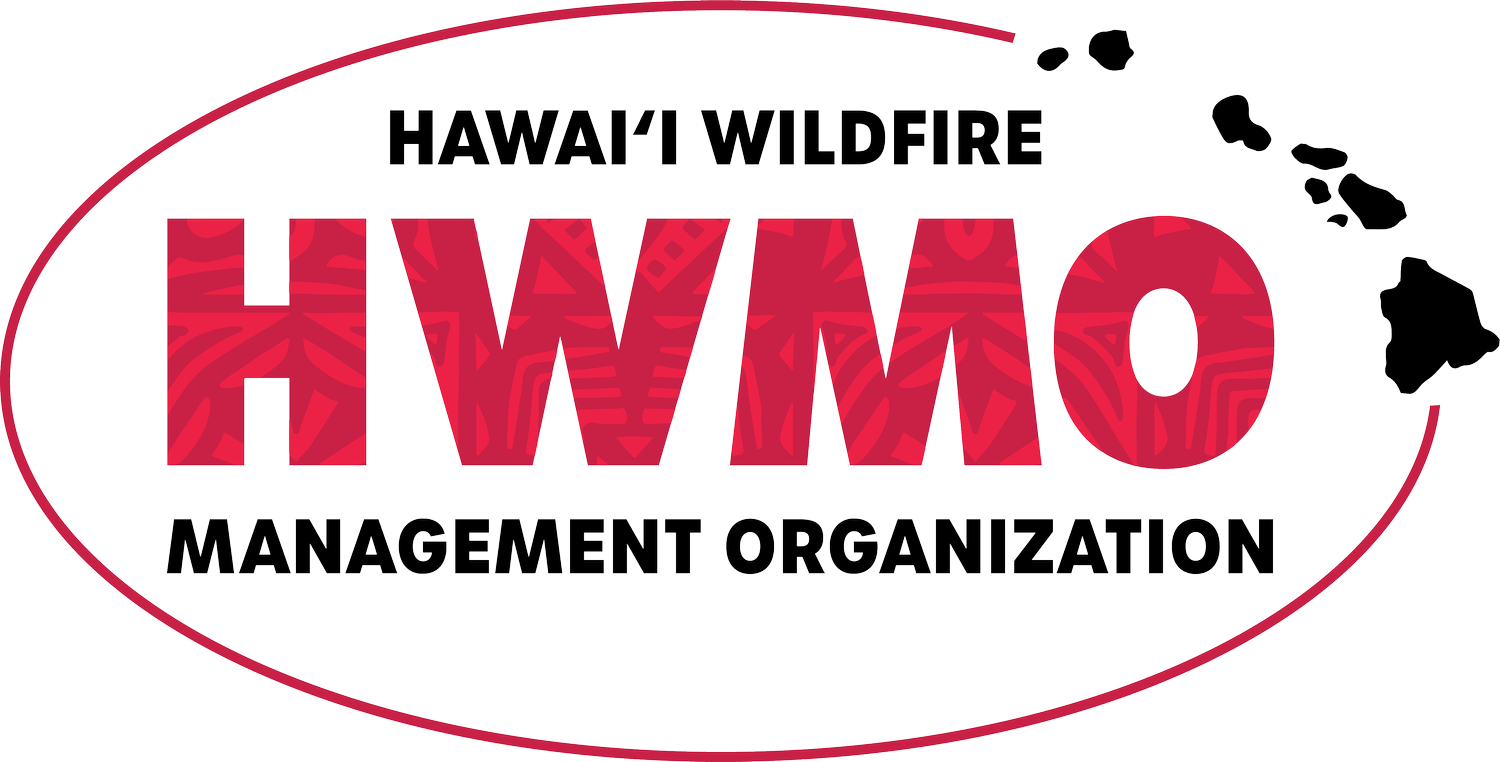One of the most renowned wildland fire experts, Stephen J. Pyne, offers more than his two cents of why the California fires are as extreme as they are…and it is not because California has not removed enough trees.
From the Source:
Where fires are crashing into towns, the real fuel is the built environment. Aerial photos of savaged suburbs tend to show incinerated structures and still-standing trees. The vegetation is adapted to fire; the houses aren’t. Once multiple structures begin to burn, the local fire services are overwhelmed and the fire spreads from building to building. This is the kind of urban conflagration Americans thought they had banished in the early 20th century. It’s like watching measles or polio return. Clearly, the critical reforms must target our houses and towns and revaccinate them against today’s fire threats. The National Fire Protection Association’s Firewise program shows how to harden houses and create defensible space without nuking the scene into asphalt or dirt.
Too often, whether we’re talking about politics or fire management, the discussion ends up in absolutes. We leave the land to nature, we strip it, or we convert it to built landscapes. We have either the wild or the wrecked. In fact, there are lots of options available, and they will work best as cocktails. There is a place for prescribed burning, for prescribed grazing, for prescribed thinning (a kind of woody weeding), for prescribed chipping and masticating by machines, for greenbelting—crafting swathes of low-fuel land use like recreational parks or even golf courses—and, in select sites, for prescribed logging. Most treatments should concentrate where people and high-value assets are at risk—exurbs, suburbs, municipal watersheds. Elsewhere, in wildlands, some kind of managed fire will likely prove the most usable means, and in the West, hybrid practices—half suppression, half prescribed burn—are becoming common.




